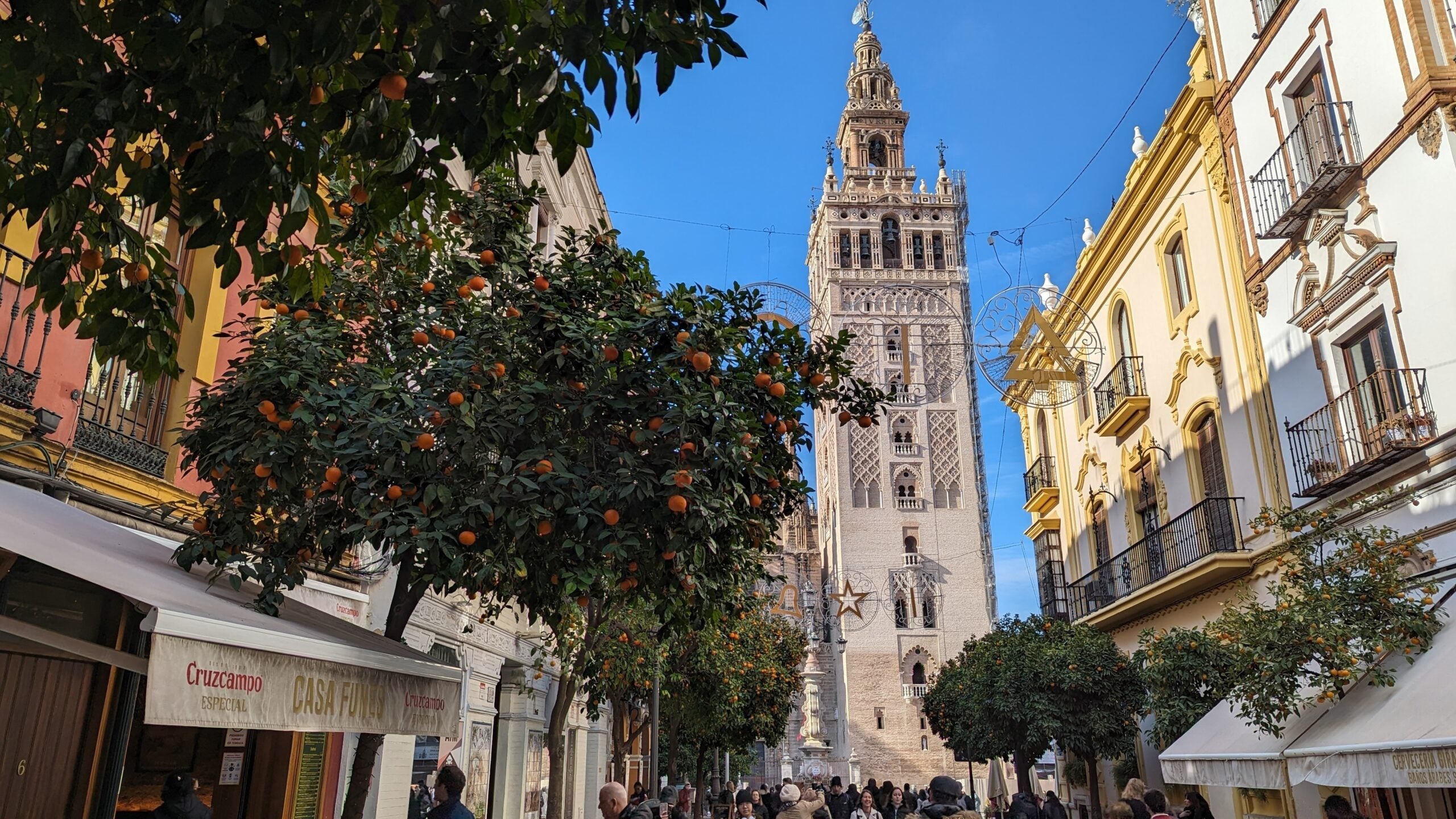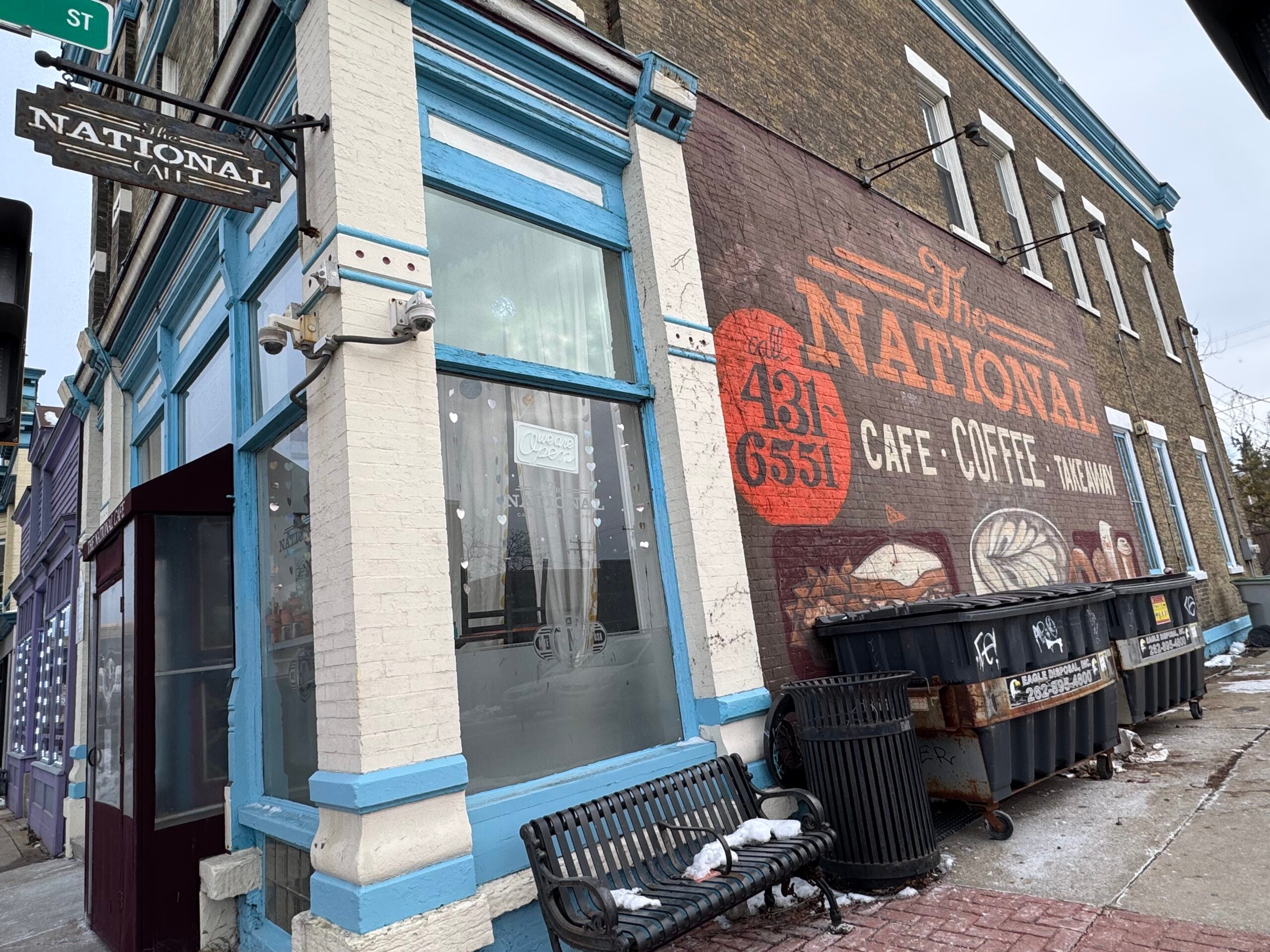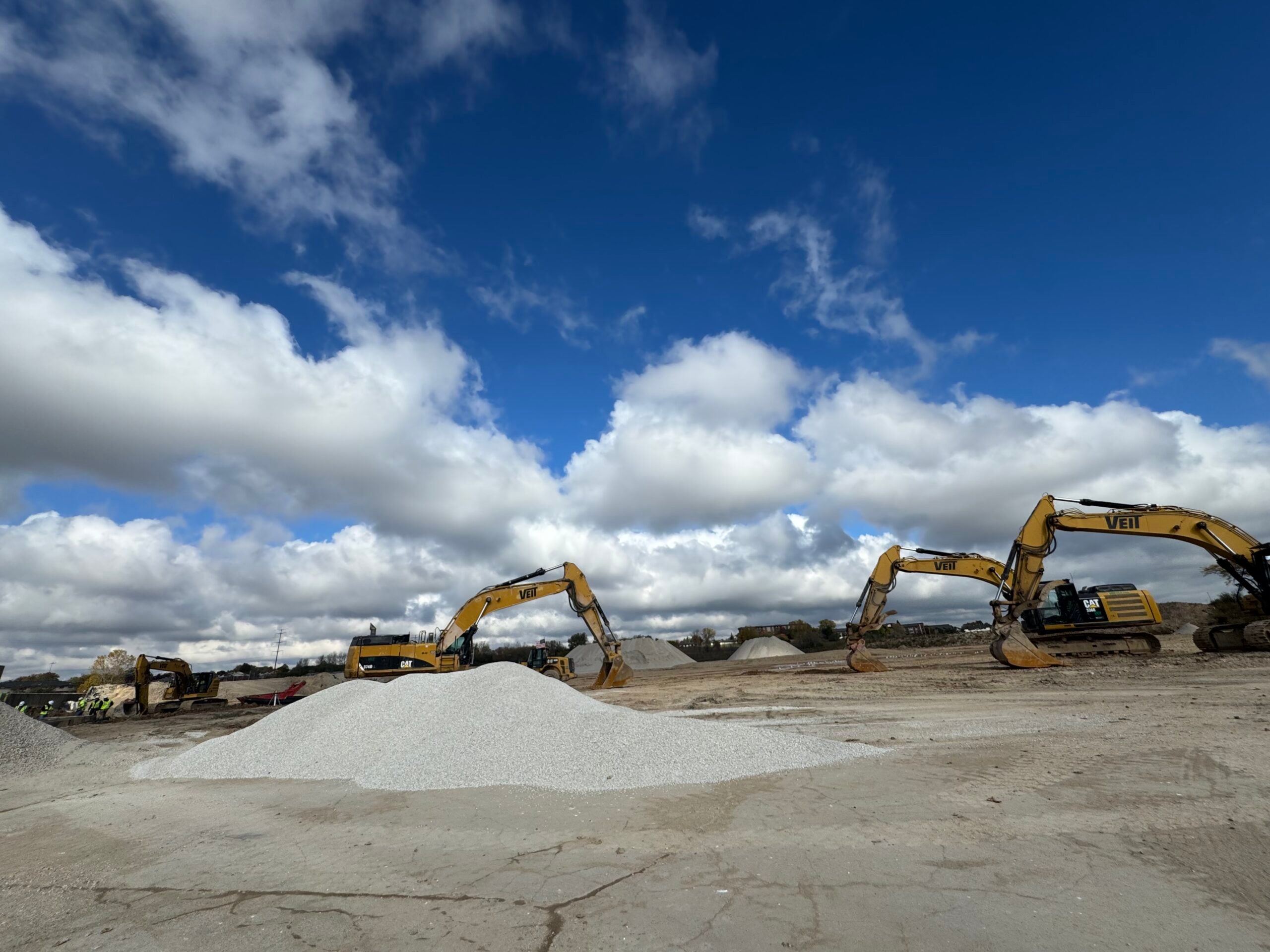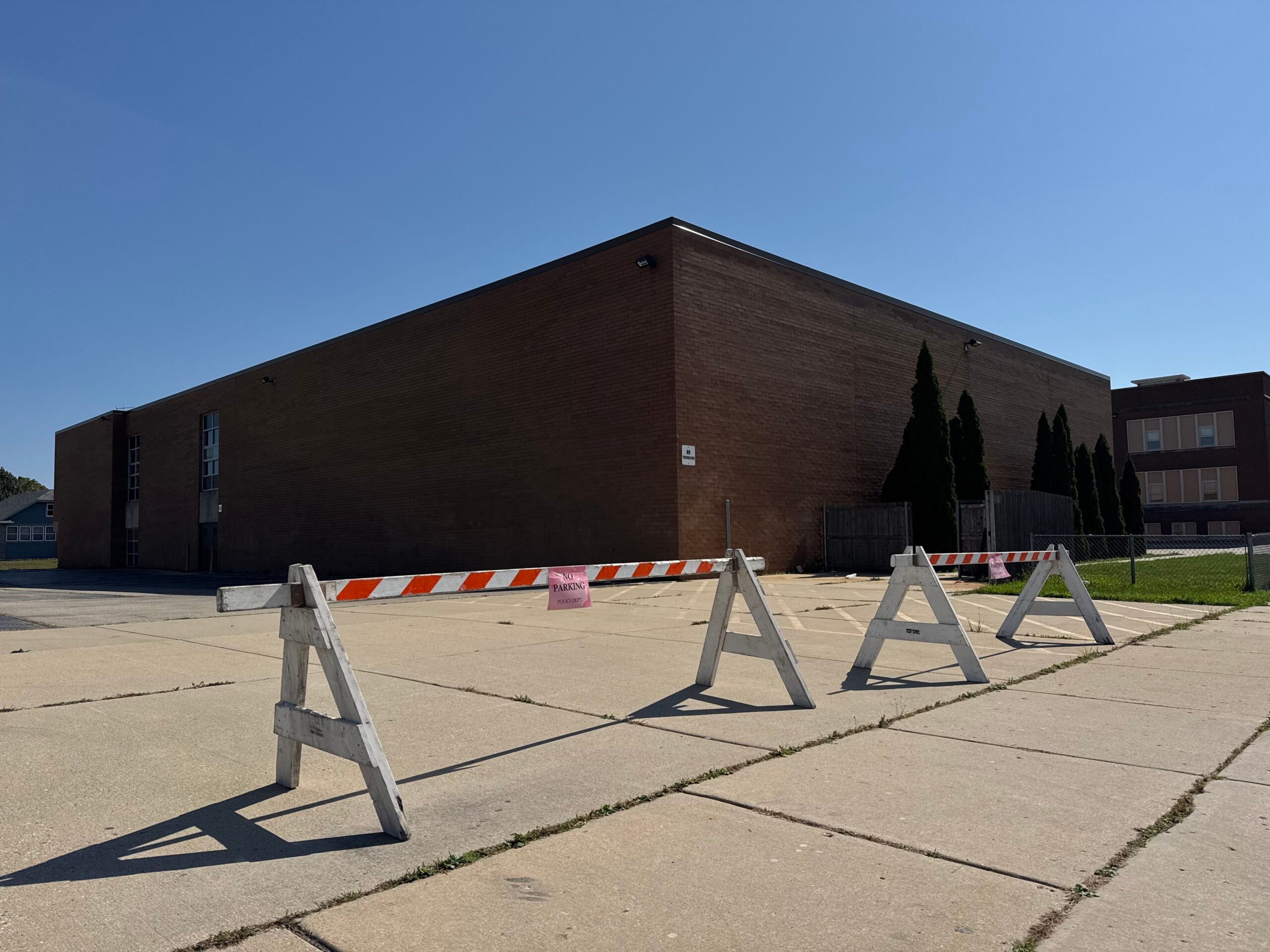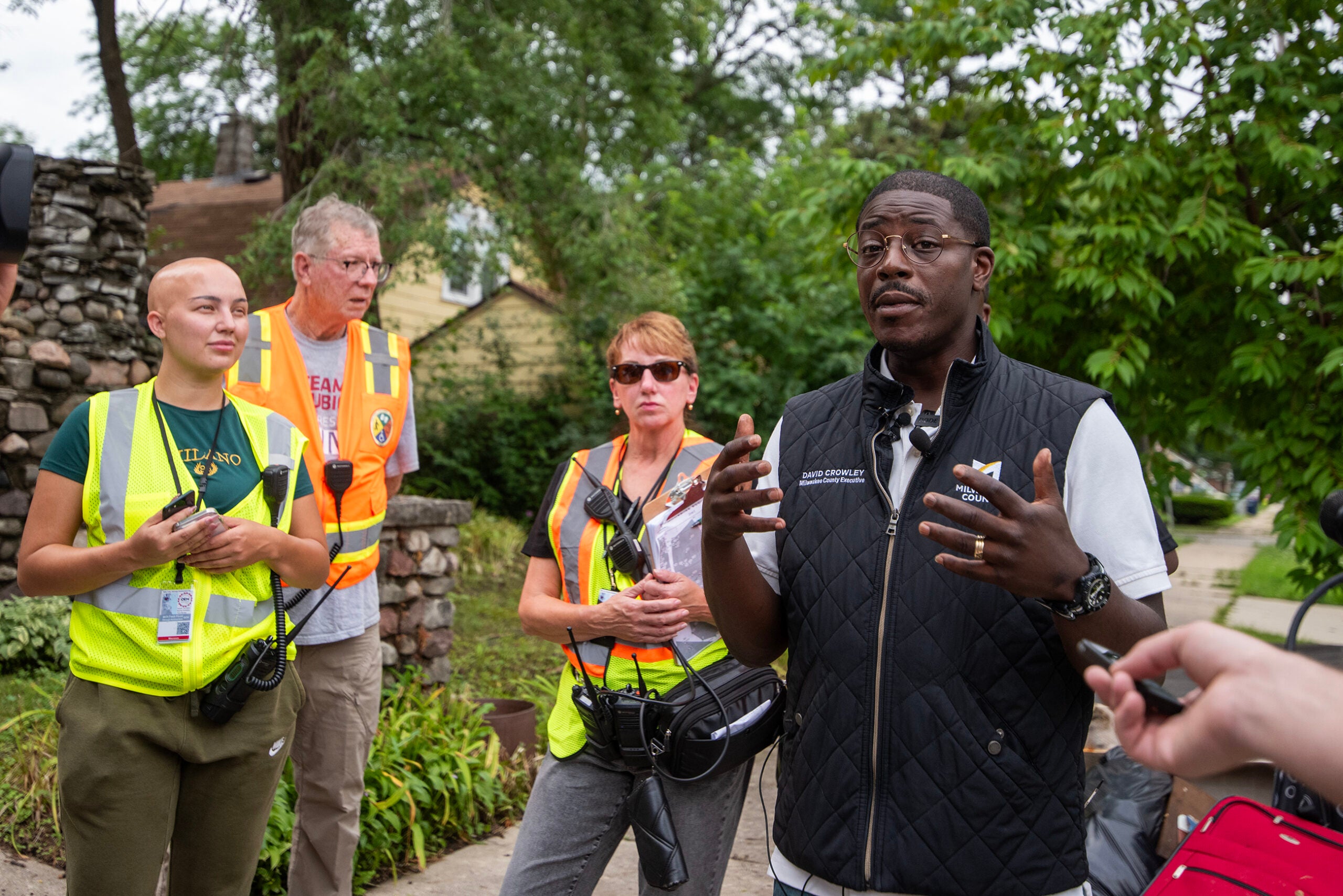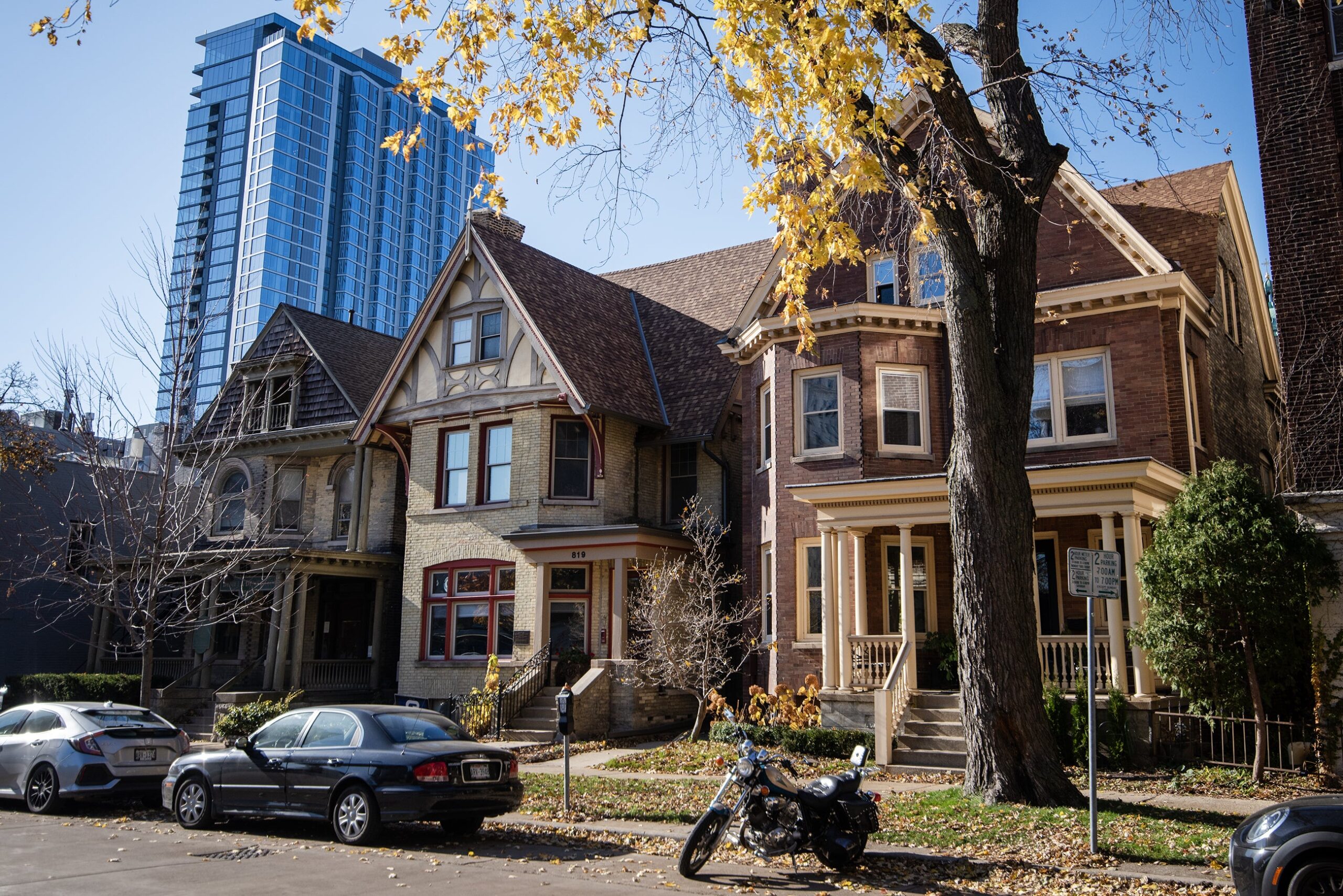SEVILLE, Spain — There was an old house in a very narrow street in central Seville, Spain that I used to stop and look at when I was a teenager in the early ’90s. I dreamt of owning it one day, or at least one similar in the neighborhood that back then had a decent number of locals.
I say “back then” because today that area, Barrio de Santa Cruz, has lost its soul. It’s not me saying this — it’s what you hear from nearly anyone who lives or works in the neighborhood.
Many longtime residents have left, saying they were pushed by a wave of tourism that, after the pandemic, has come back in full force.
News with a little more humanity
WPR’s “Wisconsin Today” newsletter keeps you connected to the state you love without feeling overwhelmed. No paywall. No agenda. No corporate filter.
It’s good news for the city and its economy. But it’s mixed news for nearly anyone whose memories are attached to those narrow streets, now filled with souvenir shops, boutique hotels and restaurants that locals don’t quite feel welcome in anymore.
This is the story of how a city tries to honor its past while ensuring its future.
Students replaced by selfies
In the heart of Barrio de Santa Cruz you can still find a public school. It almost seems like a relic of a different time, when this neighborhood had not turned into a museum of sorts.
Ana Palacio is the principal of the San Isidoro school. She joined seven years ago, when admission for students was competitive.
“When we’d start receiving applications for admission, people would camp out at the door and spend the night to grab a spot for their kids,” she tells me.
Now, she has open spots in her classrooms, and the reason is simple. Palacio looks up and points at the beautiful old houses in front of the school, on Mateos Gago street.
“All those houses, where families used to live and send their kids to our school – all those houses are now apartments for tourists,” she says.
For Palacio, this is not just a small inconvenience.
“I have real issues here. When kids enter and exit the school, I have a crowd of tourists at the door,” she says. “Since the school building is a beautiful old convent, tourists want to take pictures and shoot videos.”
The tourism boom is causing an exodus of sorts. Locals have been leaving the historic center for other neighborhoods, which has then driven up rents across the city. Palacio gets emotional when talking about how Seville is changing.
“We have the largest historic city center in Europe. Let’s not ruin it,” she says. “If there are no neighbors that care for it personally – neighbors who hurt when they see that tree not being respected, when they see a glass bottle thrown on the ground – we need those neighbors, and we’re losing them.”
This change isn’t confined to the city center. Palacio lives in Triana, a neighborhood overlooking the Guadalquivir river, which has also become a tourist attraction in recent years.
She says it’s affecting the way locals enjoy the city, and that in areas where tourists flock, locals sometimes don’t even feel welcome at tapas bars and restaurants.
“In Seville, you order the first beer at the bar. Then you sit down and chat with your friends. Then maybe you order a tapa. And after a while, you order another one. And before you realize it, it’s 5 or 6 in the evening,” she says.
That would be the Sevillian way. But many restaurants are no longer locally owned, or simply prefer to cater to tourists, who sit for an hour, order fast and copiously, and then move on.
These days it’s not unusual to see restaurants that don’t serve tapas anymore and won’t let you sit at a table if you’re not ready to order a meal.
There are those who benefit
There are some restaurants, however, that are still locally owned, and try to maintain a balance between benefitting from the tourism boom and serving local customers.
On Mateos Gago street, just a short walk from the San Isidoro school, I stand in front of a small restaurant called La Azotea. I know this place well; it used to be called Campanario more than two decades ago. I worked here when I was in my early twenties.
I meet Juan Antonio Gómez, the chef and owner of La Azotea, outside of his restaurant, where the view from the tables is simply astonishing. The tower of the cathedral of Seville, La Giralda, is the most iconic monument of the city. If you come to Seville, chances are you will walk down this street and visit it.
When Gómez opened his first location, his clients were mostly locals.
“But soon — as in, like, three months — we start to receive our first tourist. And a year later, we have, every day, lines at the door at the opening time for 30 people, mostly tourists,” Gómez says. His story reinforces a truth now widely known in Seville: if a restaurant is good, tourists will find it.
Gómez says he wishes he could see more locals around Mateos Gago street — an area he has known since he was a child attending the same San Isidoro School that is now struggling to find students.
Tourism is an engine of the Spanish economy. In 2022, it represented more than 11% of the national GDP. It’s even more acute in Seville, where tourism provides an estimated 20% of the city’s economy.
This southern region of Spain where Seville is located has long been mired by unemployment as well, which currently sits at just over 18% — about 5 points above the national average. So you can appreciate how jobs in the service sector provide a lifeline for the city that welcomed nearly 2 million visitors in just the first eight months of 2023 — up 14% from the previous year.
Gómez benefits from this tourism boom, obviously, but he has mixed feelings: “What I’m seeing right now in Seville I’ve never seen before. It’s massive. And I think, in one way or another, we have to stop a little bit.”
The year everything changed
Sevillians point to 1992 as transformative for the city. It was the year Seville hosted the International Expo, which became a presentation party of sorts, celebrating the 500th anniversary of Christopher Columbus’ arrival in the Americas.
Seville was pitching itself to the world as a place of beauty and historic landmarks. Hundreds of acres of unutilized land was transformed into a type of international theme park, with more than 100 nations represented in pavilions.
Tens of millions of people visited Seville that year. Billions of dollars were invested in the city: bridges were built over the Guadalquivir River; dozens of new hotels were opened; a high-speed train connecting Madrid and Seville was inaugurated; and the city looked at the historic center as its crown jewel. A jewel that needed urgent care.
Miguel López was 10 years old then, and lived in the neighborhood of Alameda – a huge open space now filled with restaurants. Like the city center back then, his neighborhood was falling apart, he tells me, with many houses needing drastic rehabilitation.
Crime was common in central areas, and it wasn’t unusual to turn to a street and find yourself alone and vulnerable to theft or worse.
Before the wave of expo investment, the region of Andalucía had a staggering 30% unemployment rate, which skyrocketed to more than 50% for young people.
López was enamored with the expo as a child, with all its promise of change and progress, and visited the site many times that year. On his way home, he would have to cross the Alameda, an area that was known for drugs, crime and sex workers back then.
“Now my son, who is 12, plays soccer in the Alameda,” López says. “The only issue he runs into is the complaints of patrons at restaurants who might be hit by a soccer ball here and there.”
Investment meant growing crowds of tourists, which led to gentrification and beautiful new pedestrian avenues and well-maintained buildings.
It also meant high — and still rising — rent prices. López still lives in the neighborhood today, and has tried to get access to subsidized housing in the area, but with no luck.
Recently, while looking at Airbnb properties in his neighborhood, he ran into a surprise: a subsidized duplex in the area was listed on the site.
“I was livid. So much so that I notified the city,” López says.
It’s not unusual to see locals trying to make a buck out of the tourism demand for accommodation, but for López, this was crossing the line. Someone lucky enough to have been awarded a house in the city center was turning around and listing it as a tourist apartment.
And yet, López also admits to having rented his apartment on Airbnb for a few months while he was out of town.
“When I’ve done it, it was more about surviving, not a business,” López says. “We need to resort to sharing our apartments to be able to afford them. We’ll get to the end of our lives having to share an apartment.”
Housing becomes the hot topic
In December, the city hall assembly voted down a proposed “tourist tax” that would have charged a fee to visitors spending the night in Seville, after mayor José Luis Sanz and his conservative party opposed it.
The mayor has previously said there is an oversaturation of accommodation for tourists in some areas of the city, such as Barrio de Santa Cruz, and that local residents are beginning to experience a certain tourism-phobia.
Yet he also says tourists have brought economic gains to the city that shouldn’t be overlooked.
“Many belong to Sevillian companies and have brought wealth and contributed to the economic growth of the city,” he says. “If it weren’t for them, many blocks and old houses would have disappeared.”
A 2022 study found that more than 60% of properties in Barrio de Santa Cruz are used to house tourists. For other neighborhoods inside the historic center it’s more than 20%, and overall the concentration of hotels and housing for tourists in central Seville is the highest of any city in Spain.
Just outside Barrio de Santa Cruz you can find another centric area, the San Bartolomé neighborhood, where Ana Álvarez-Ossorio was born and raised. She lives there now with her husband, and her daughter, who attends the San Isidoro school.
She tells a familiar story: that when she was little, the neighborhood wasn’t necessarily a desired place for locals to live in. Many houses needed urgent renovation or outright demolition. It’s one of the reasons her parents were able to afford an entire house in what today is a prime location.
“It was a working class neighborhood back then. Families did not have a lot of money,” Álvarez-Ossorio says. The expo in 1992 changed that.
“There was an urban plan implemented for the entire historic center to be brought back to life. Wealthy people moved in, started to buy property. Prices rose and working class people left the center of the city,” Álvarez-Ossorio says.
Today, the center is going through another time of deep change. And this time the target is not wealthy locals, but tourists.
“Seville is hosting anything from the Latin Grammys to international soccer events. Anything to attract tourists,” Álvarez-Ossorio says. “And so, all this housing gets fully booked. The historic center is turning into a theme park.”
Álvarez-Ossorio represents the tension playing out — she feels unease at the change, but is also benefiting from it by becoming an Airbnb host herself. After she and her sister moved out of the family house, they decided to renovate it and rent the bigger part to tourists. Ana’s father still lives in the building, in a smaller apartment they kept for his use.
When I ask her about possibly limiting the use of apartments for tourists, she has mixed feelings.
“What worries me the most is that long-term rental units are disappearing in the city center. Because anyone who has an apartment available wonders: Do I rent for 600 euros a month, or do I turn it into an apartment for tourists and make 3500 euros? But we need some limits because our city center is going to turn into one massive hotel.”
As for me, my dream of owning a house in the city center is long gone.
Instead, I now live just around the corner from a small construction site where my new house is being built. The neighborhood is just outside of the city center. Many consider this area the “new center” of Seville, where locals live and where businesses still survive off of them. But things can change fast.
I’ve been noticing more groups of tourists walking around. They stay here in apartments that are more affordable than those inside the walls of the old town. And I can’t help but wonder: How long will it take for my neighborhood to change?
9(MDAyMjQ1NTA4MDEyMjU5MTk3OTdlZmMzMQ004))
© Copyright 2026 by NPR. To see more, visit https://www.npr.org.9(MDAyMjQ1NTA4MDEyMjU5MTk3OTdlZmMzMQ004))
